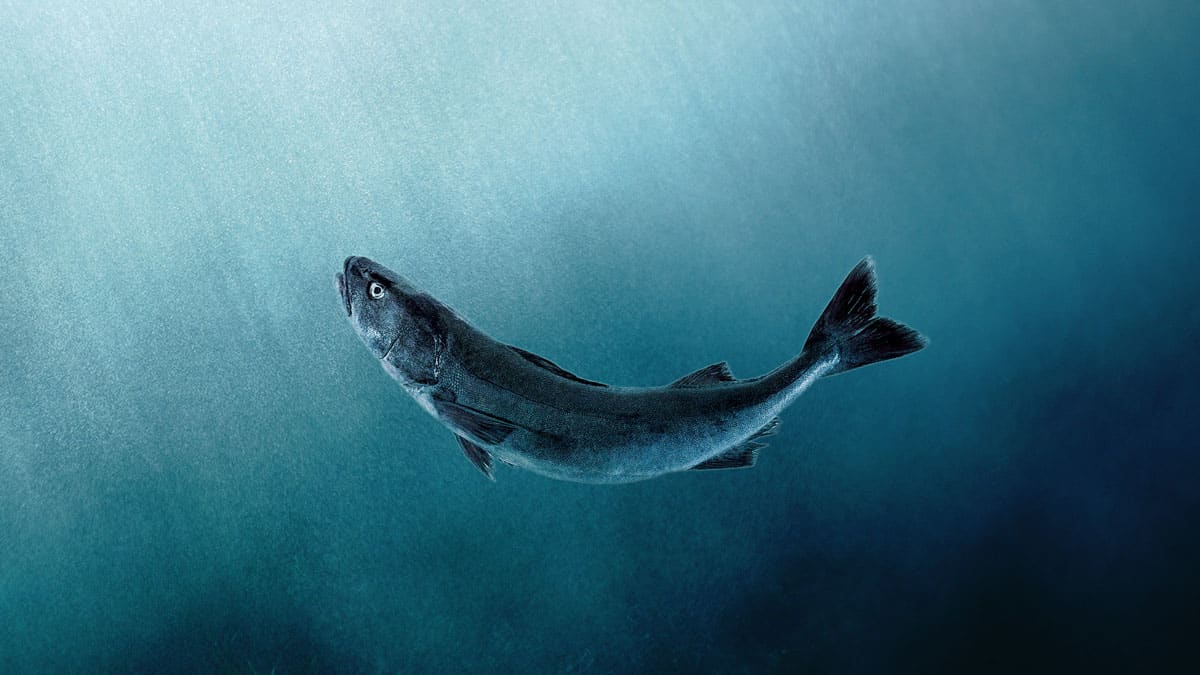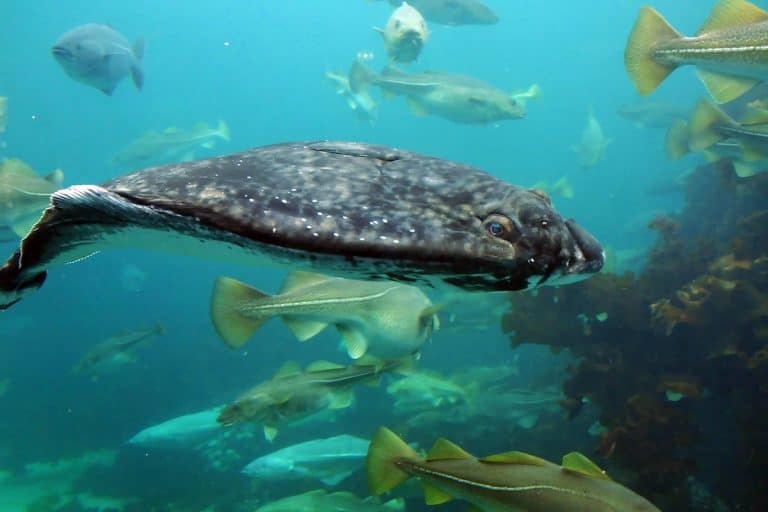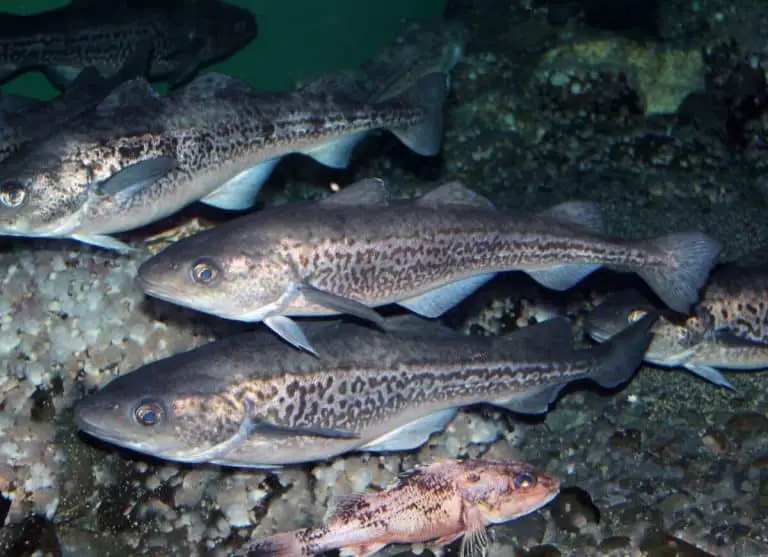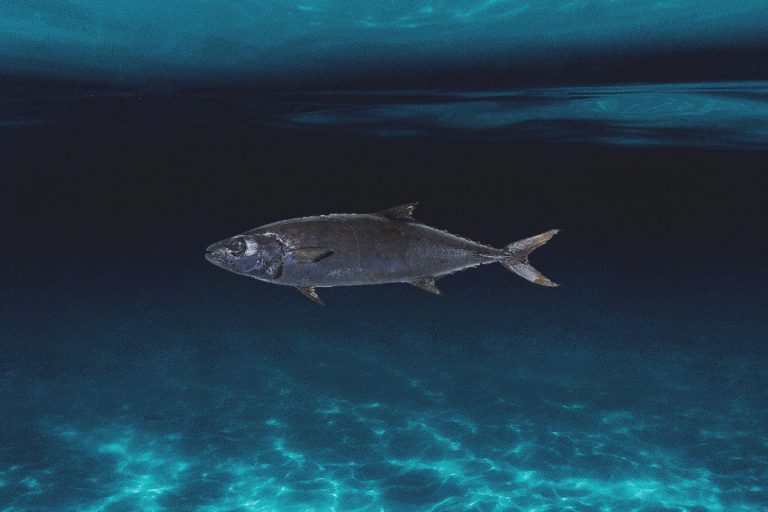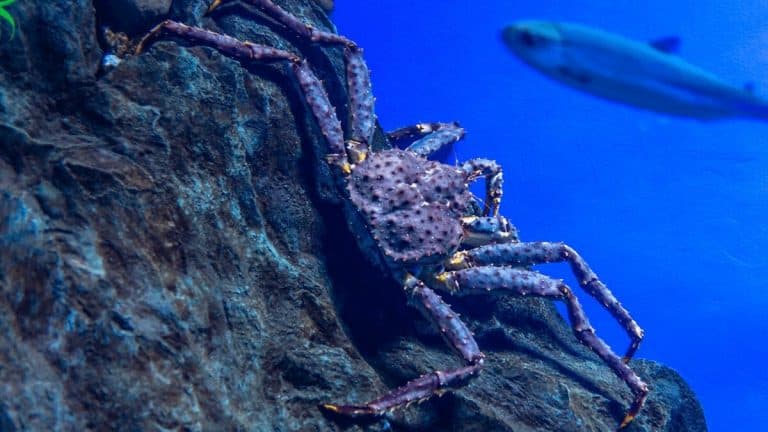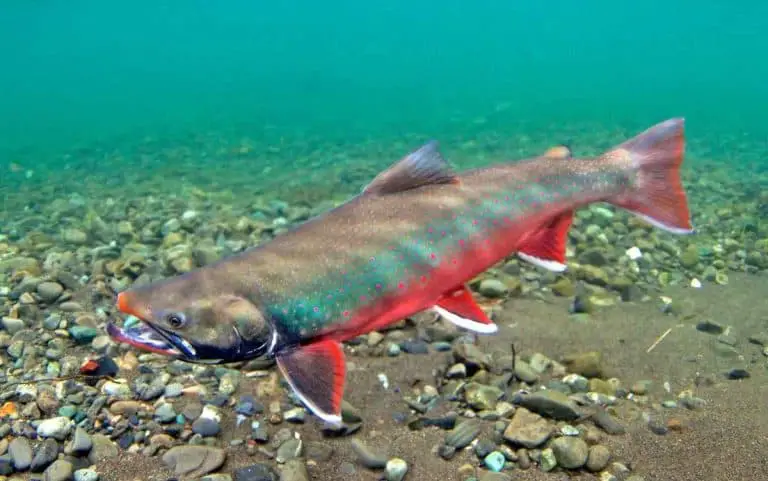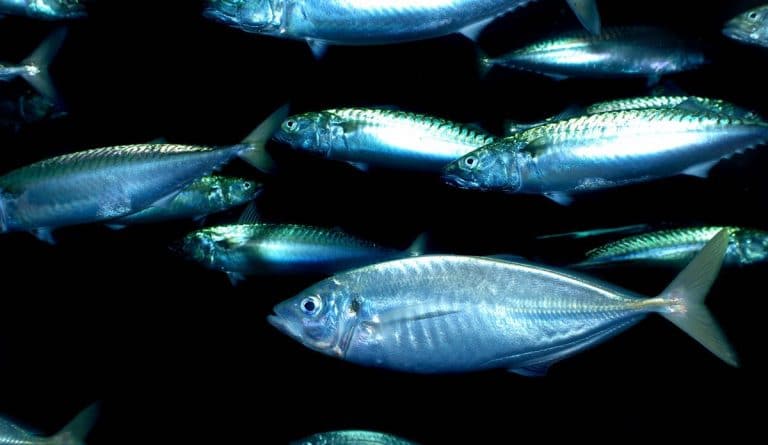Source: Wild, Farmed
Mercury Risk: Low
Gindara, in English: sablefish, black cod, or butterfish, is caught along the North American coast from the Bering Sea to Baja California. Most of this fish catch has historically ended up in Tokyo sushi restaurants, where the delicate white flesh of the sablefish is prized for its flavor and texture.
What is gindara (sablefish)?
Sablefish is generally caught on longlines, which are long ropes baited with hooks in series, but bottom trawls (large nets dragged along the sea bottom) and traps are also employed in certain areas. Some fish farms in British Columbia are beginning to raise sablefish as well.
At the sushi bar, longlined and trap-caught sablefish from Alaska and British Columbia is an excellent choice. These fisheries use relatively benign catch methods—even the longline operations seem to have only minor impacts on other animals—and have been certified by the Marine Stewardship Council. Moreover, these organizations boast strong management, effective enforcement protocols, and healthy populations.
Bottom-trawled sablefish from Alaska and British Columbia draws from the same strong and well-managed populations, but has higher levels of bycatch, unintended species and juveniles that are caught and discarded, and can damage the surrounding environment. Still a good choice, but not as good as the trap-caught alternative discussed above.
Farmed sablefish from Canada is more mysterious. Sablefish farming is a new industry, and its effects on the environment and on wild sablefish populations are not yet well understood. Additionally, due to unanswered questions regarding possible habitat impacts, there is opposition to these farms among environmentalists and scientists. Caution is encouraged until more is known.
Sablefish from Washington, Oregon, and California is a decent option, but not as good as wild Alaskan or Canadian sablefish. Much of the fleet in these more southern states tends to rely on bottom trawls, and the management is not as rigorous as it could be.
For the most part, gindara is a safe and enjoyable option at the sushi bar. Consider substituting it for less sustainable whitefish like tai or Atlantic hirame, or for whitefish from poorly understood fisheries like Japanese suzuki.
Casson Trenor
Casson Trenor is a frequent commentator on sustainable seafood issues. He has been featured in regional, national, and international media outlets, including CNN, NPR, Forbes, New York Times, Boston Globe, Christian Science Monitor, San Francisco Chronicle, Los Angeles Times, Seattle Times.

